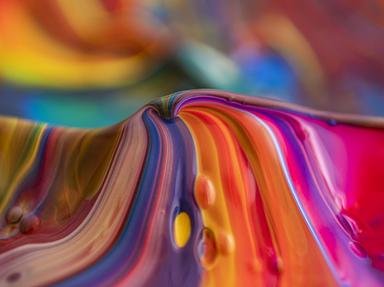Quiz Answer Key and Fun Facts
1. What is significant about Albrecht Durer's Apocalypse series, published in 1498?
2. Along with Rembrandt, Albrecht Durer is one of the most prolific self portraitists of all time. What does Durer tend to most emphasize in his self portraits?
3. Around 1500, Durer's art reflects a significant shift in stylistic concern. What characteristic best describes many of his works from this period?
4. What type of printmaking displays the image in relief as a result of cutting away excess material from the printing surface?
5. The subject of 'Knight, Death, and the Devil', one of Durer's three master engravings, is most likely taken from what source?
6. From which of the following artists did Durer receive his training?
7. In several of Durer's paintings, the artist shows an interest in depicting the old and deformed rather than the young and idealized. Which of the following artists is also known for this preoccupation with the old and grotesque, and was possibly an influence on Durer?
8. What historical factor probably accounts for the often obscure iconography in Durer's prints?
9. St. Jerome is the subject of several of Durer's prints and paintings. What act is St. Jerome known for?
10. Which of the following themes does NOT recur in the prints and paintings of Hans Baldung Grien, Durer's apprentice and later an artist in his own right?
Source: Author
musettae
This quiz was reviewed by FunTrivia editor
CellarDoor before going online.
Any errors found in FunTrivia content are routinely corrected through our feedback system.

